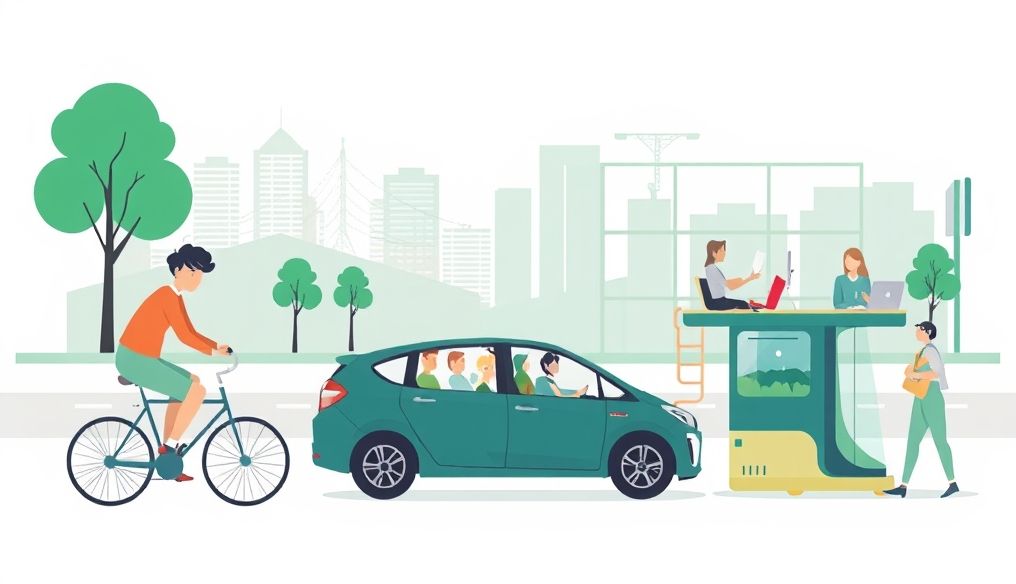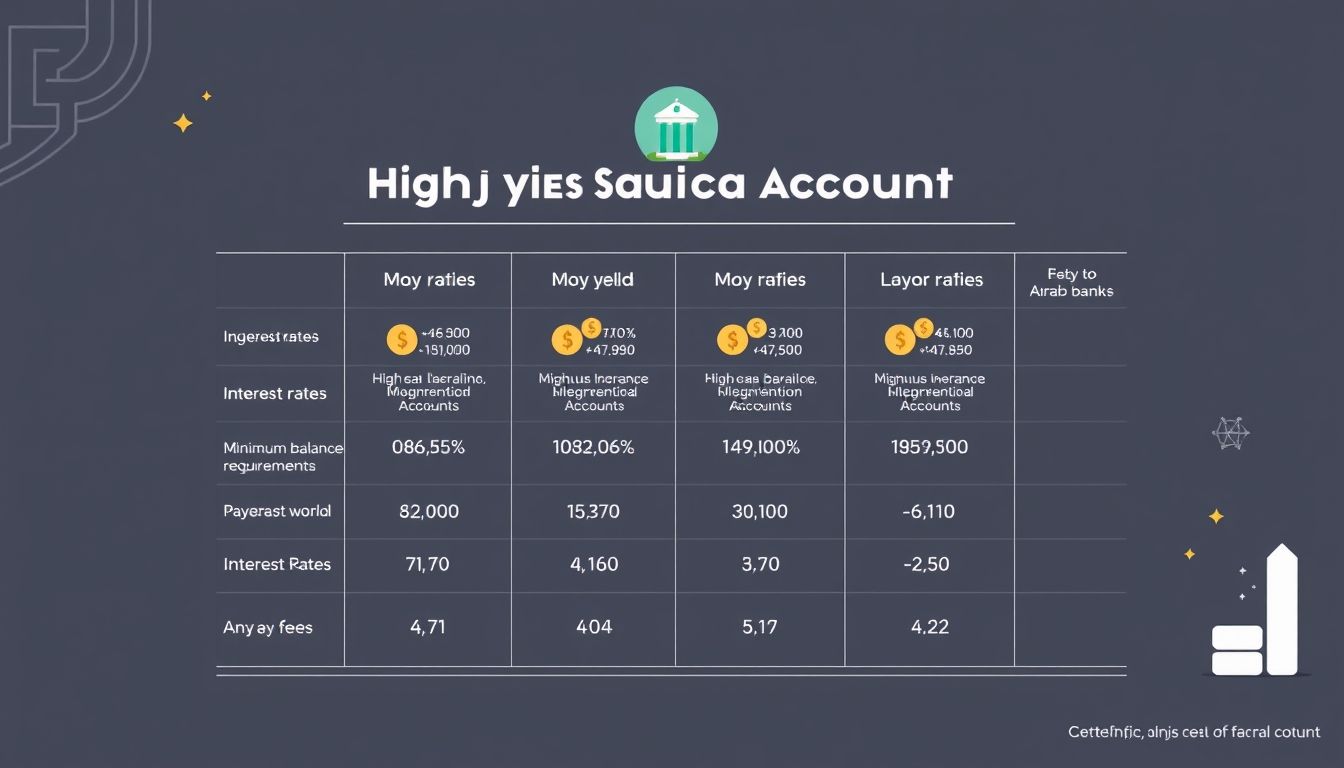مقدمة: تحديات مصروفات المواصلات والنقل
تُعدّ مصروفات المواصلات والنقل من بين البنود الرئيسية في ميزانية الأفراد والشركات على حد سواء. ارتفاع أسعار الوقود، تكاليف صيانة المركبات، رسوم الطرق والجسور، وتذاكر المواصلات العامة، كلها عوامل تساهم في زيادة هذه المصروفات. في هذا المقال، سنستعرض مجموعة شاملة من الاستراتيجيات والحلول العملية التي تساعد على تقليل هذه المصروفات بشكل فعال ومستدام.
الفصل الأول: تحليل مصروفات المواصلات الحالية
قبل البدء في أي خطة للتوفير، من الضروري فهم وتحليل مصروفات المواصلات الحالية. يتضمن ذلك تتبع جميع النفقات المتعلقة بالنقل، مثل:
- تكلفة الوقود (بنزين، ديزل، غاز)
- تكاليف صيانة المركبة (زيوت، فلاتر، إصلاحات)
- رسوم التأمين والتسجيل السنوية
- رسوم الطرق والجسور
- تذاكر المواصلات العامة (حافلات، قطارات، مترو)
- تكاليف مواقف السيارات
- تكاليف استئجار السيارات أو خدمات النقل (أوبر، كريم)
يمكن استخدام جداول بيانات بسيطة أو تطبيقات متخصصة لتتبع هذه النفقات وتحليلها بشكل دوري. يساعد هذا التحليل على تحديد المجالات التي يمكن فيها تحقيق أكبر قدر من التوفير.
الفصل الثاني: تحسين كفاءة استهلاك الوقود
يُعدّ تحسين كفاءة استهلاك الوقود من أهم الطرق لخفض مصروفات المواصلات. إليك بعض النصائح لتحقيق ذلك:
- القيادة بأسلوب معتدل: تجنب التسارع المفاجئ والكبح العنيف، وحافظ على سرعة ثابتة قدر الإمكان.
- صيانة دورية للمركبة: تأكد من تغيير الزيت والفلاتر بانتظام، وفحص ضغط الإطارات.
- تجنب الحمولة الزائدة: الحمولة الزائدة تزيد من استهلاك الوقود.
- استخدام مكيف الهواء بشكل معتدل: مكيف الهواء يستهلك كمية كبيرة من الوقود.
- التخطيط المسبق للرحلات: تجنب الازدحام المروري قدر الإمكان.
تشير الدراسات إلى أن القيادة بأسلوب معتدل يمكن أن تقلل استهلاك الوقود بنسبة تصل إلى 25%.
الفصل الثالث: استكشاف بدائل المواصلات العامة
إذا كانت المواصلات العامة متاحة، فقد تكون بديلاً أرخص وأكثر كفاءة من استخدام السيارة الخاصة. قارن بين تكلفة استخدام السيارة الخاصة وتكلفة استخدام المواصلات العامة، مع الأخذ في الاعتبار تكاليف الوقود والصيانة والتأمين ومواقف السيارات.
في العديد من المدن، توفر المواصلات العامة اشتراكات شهرية أو سنوية بأسعار مخفضة، مما يجعلها خيارًا جذابًا للمسافرين المنتظمين.
الفصل الرابع: مشاركة السيارات (Car Pooling)
تعتبر مشاركة السيارات مع الزملاء أو الجيران طريقة رائعة لتقليل مصروفات المواصلات. يمكن تقسيم تكاليف الوقود والصيانة والتأمين بين المشاركين، مما يوفر على كل شخص جزءًا كبيرًا من النفقات.
هناك العديد من التطبيقات والمنصات الإلكترونية التي تسهل عملية العثور على شركاء للمشاركة في السيارات.
الفصل الخامس: العمل عن بعد (Remote Work)
إذا كان ذلك ممكنًا، فإن العمل عن بعد يمكن أن يلغي الحاجة إلى التنقل تمامًا، وبالتالي يقلل مصروفات المواصلات بشكل كبير. بالإضافة إلى ذلك، يوفر العمل عن بعد الوقت والجهد، ويحسن التوازن بين العمل والحياة الشخصية.
أظهرت دراسة حديثة أن الشركات التي تسمح بالعمل عن بعد توفر ما يقرب من 11,000 دولار لكل موظف سنويًا في تكاليف المواصلات.
الفصل السادس: استخدام الدراجات الهوائية أو المشي
إذا كانت المسافة قصيرة، فإن استخدام الدراجة الهوائية أو المشي يمكن أن يكون بديلاً صحيًا واقتصاديًا للمواصلات الأخرى. بالإضافة إلى توفير المال، فإن هذه الخيارات تعزز الصحة البدنية والعقلية، وتقلل من الازدحام المروري والتلوث.
الفصل السابع: التفاوض على أسعار التأمين
تعتبر أسعار التأمين من بين المصروفات الكبيرة المتعلقة بالمركبات. يمكن التفاوض مع شركات التأمين للحصول على أسعار أفضل، أو مقارنة عروض شركات مختلفة لاختيار الأنسب.
غالبًا ما تقدم شركات التأمين خصومات للسائقين الذين لديهم سجل قيادة نظيف، أو الذين يقومون بتركيب أجهزة أمان في مركباتهم.
الفصل الثامن: شراء سيارة مستعملة بدلاً من جديدة
عادة ما تكون السيارات المستعملة أرخص بكثير من السيارات الجديدة، وتفقد السيارة الجديدة جزءًا كبيرًا من قيمتها بمجرد خروجها من الوكالة. شراء سيارة مستعملة بحالة جيدة يمكن أن يوفر مبلغًا كبيرًا من المال.
قبل شراء سيارة مستعملة، من الضروري فحصها جيدًا من قبل ميكانيكي متخصص للتأكد من سلامتها وخلوها من العيوب.
الفصل التاسع: الاستفادة من برامج المكافآت والخصومات
تقدم العديد من الشركات برامج مكافآت وخصومات على الوقود والصيانة والتأمين. يمكن الاستفادة من هذه البرامج لتوفير المال على المدى الطويل.
بعض بطاقات الائتمان تقدم استردادًا نقديًا أو نقاط مكافآت على مشتريات الوقود.
الفصل العاشر: التخطيط المالي الشامل
يجب أن يكون التوفير في مصروفات المواصلات جزءًا من خطة مالية شاملة. حدد أهدافًا مالية واضحة، وتتبع نفقاتك وإيراداتك بانتظام، وخصص جزءًا من دخلك للادخار والاستثمار.
يمكن الاستعانة بمستشار مالي متخصص لوضع خطة مالية مناسبة لأهدافك وظروفك.
الخلاصة: من خلال تبني هذه الاستراتيجيات والحلول العملية، يمكن للأفراد والشركات تقليل مصروفات المواصلات والنقل بشكل كبير، وتحسين ميزانيتهم المالية، وتحقيق أهدافهم المالية.




